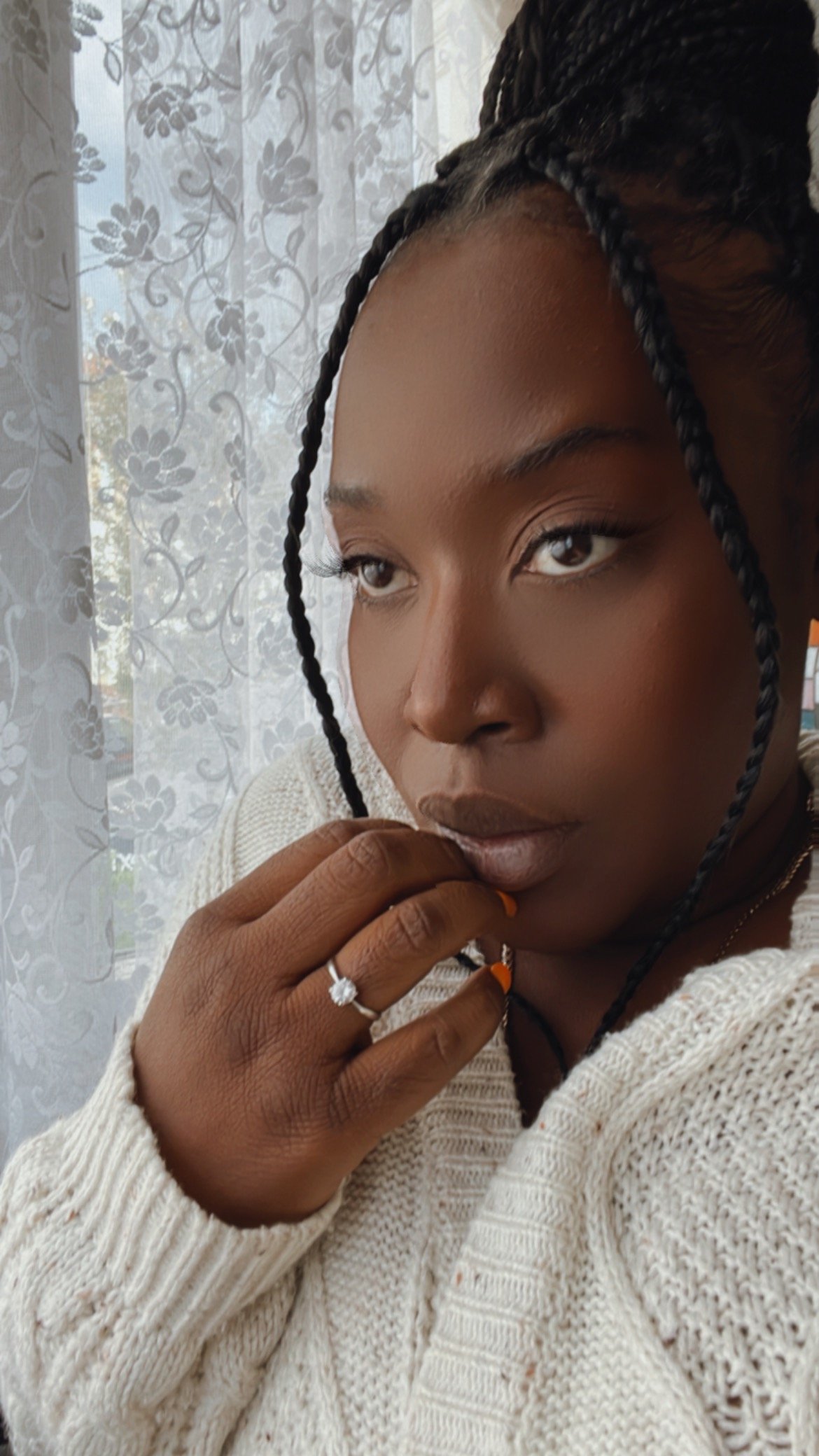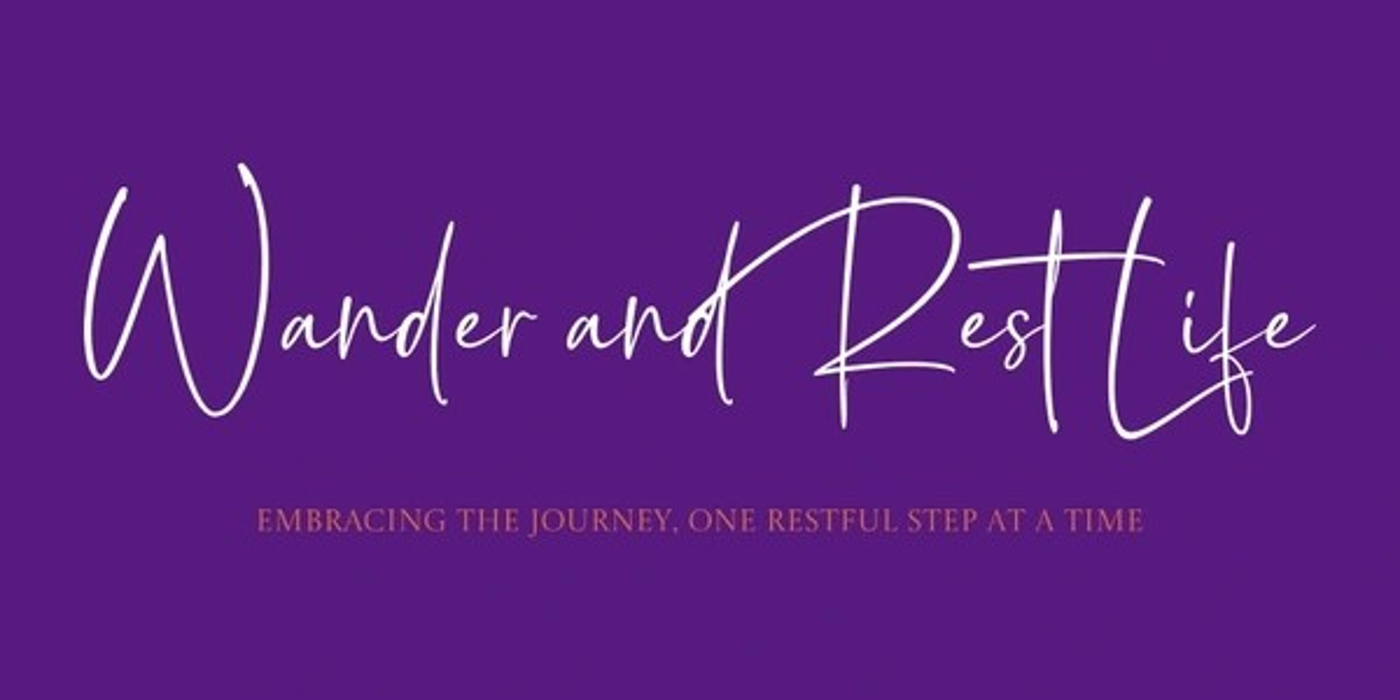
When I imagined my life, I pictured something so different from what it’s turned out to be. But here I am, not the version of me I thought I’d be, but still here—grateful for two incredible boys and a husband who supports me, even on my worst days.
Let’s talk about those days. The ones filled with pain, frustration, and feeling like I’m living in the wrong body. For over a decade, I’ve been battling chronic pain. And no, I don’t mean the kind of pain you feel when you stub your toe or get a toothache. I mean the kind of pain that knocks you out, takes your breath away, and makes you wonder how you’re going to get through the day.
It started with an epidural during the birth of my first son, which led to sciatica. From there, it was like a domino effect: more pain, more complications. By the time my second son was born, things had spiralled downhill. Another epidural, COVID, a bus accident—and just like that, I went from a vibrant 35-year-old to feeling like an 85-year-old trapped in my own body.
The Pain That Doesn’t Quit
Widespread pain became my new reality. My back, knees, arms, shoulders—places I didn’t even know could hurt were screaming for attention. Imagine pain so constant that even a gentle hug or a playful tickle feels like too much. That’s my life now.
And sleep? Let’s just say I’m practically a member of the Cullen family (yes, that’s a Twilight joke)—minus the shimmering in the sun, of course. The nights are long, filled with tossing and turning, and the exhaustion is unrelenting.
Noise, bright lights, the cold—they’ve all become my enemies. And the stiffness? It’s like I’ve been in a boxing match with life itself, and I didn’t even make it past the first round.
The Emotional Toll
When my symptoms started piling up, so did the emotions. I cried—a lot. But I cried in silence because I didn’t know what was happening to me. Why did I feel like this? Why me? What did I do to deserve this?
The worst part was not feeling believed. I’d go to doctor after doctor, trying to explain what I was going through, only to be met with blank stares or told that my blood tests and ECG results were normal. I started to feel like maybe I was crazy, like this pain wasn’t real.
The Turning Point
Then, something changed. A new doctor joined my GP surgery, and she did what no one else had done—she saw me. She listened to me, really listened, and didn’t dismiss my pain as imaginary or exaggerated.
I still get emotional thinking about it because, without her, I might still be living in the dark, unsure of what was wrong with me. She referred me to the MSK team and told them to dig deeper. And because her sister has fibromyalgia, she had a gut feeling that I might have it too.
When the diagnosis finally came, it was bittersweet. On one hand, I finally had an explanation. On the other hand, I had to face the fact that this condition was now a part of my life.
Living with fibromyalgia has been one of the hardest things I’ve ever had to do, but it’s also shown me a strength I didn’t know I had. If you’re going through something similar, please know you’re not alone. There’s a whole community of us out here who get it—who see you.
And if you have a story you want to share about your experience, I’d love to hear from you. Email me at Contact@wanderandrestlife.com. Together, we can keep talking about this, sharing our stories, and supporting one another.
Because together, we’re stronger than fibromyalgia will ever be.

